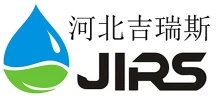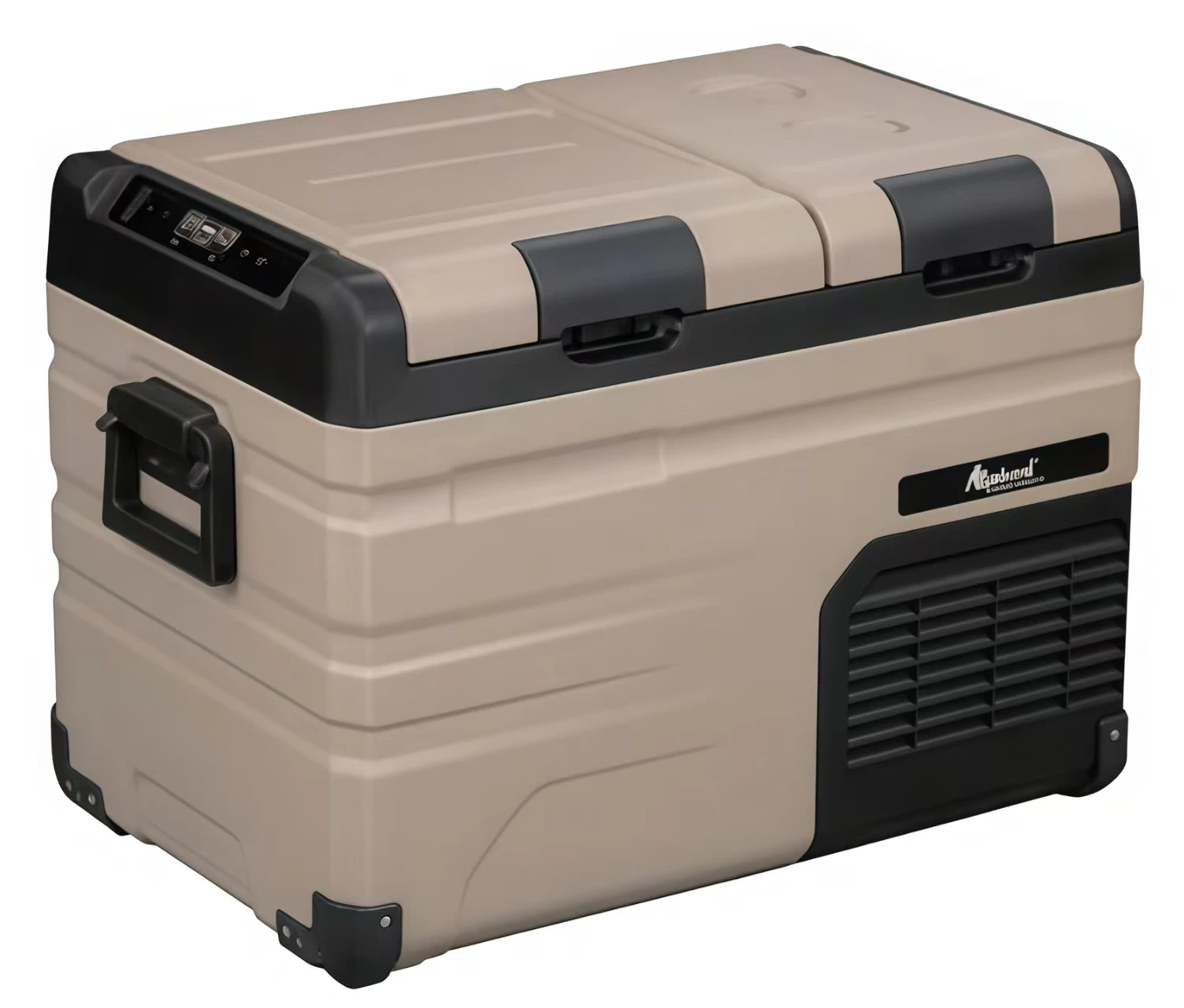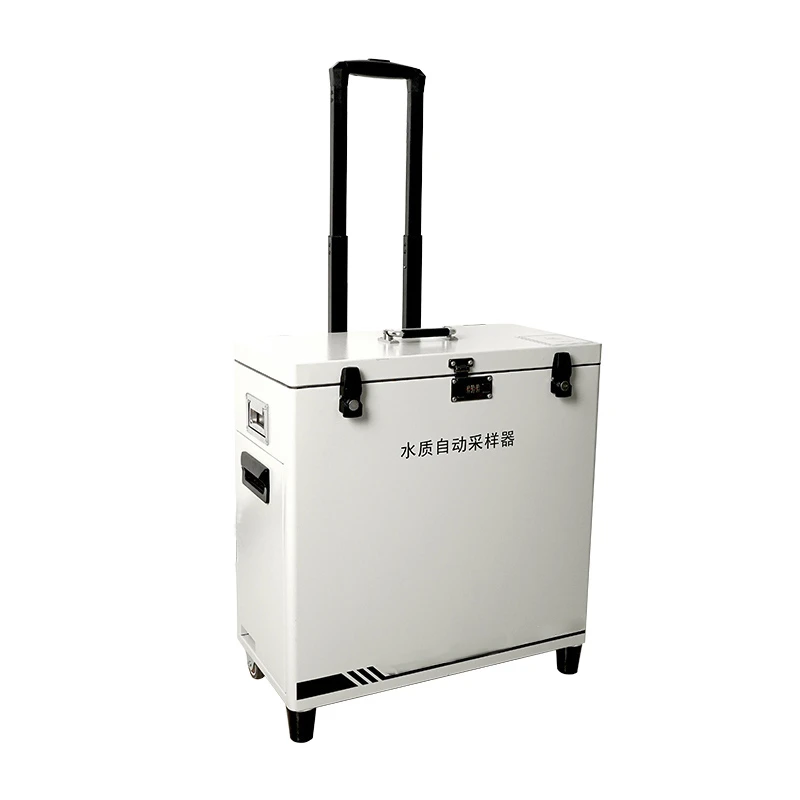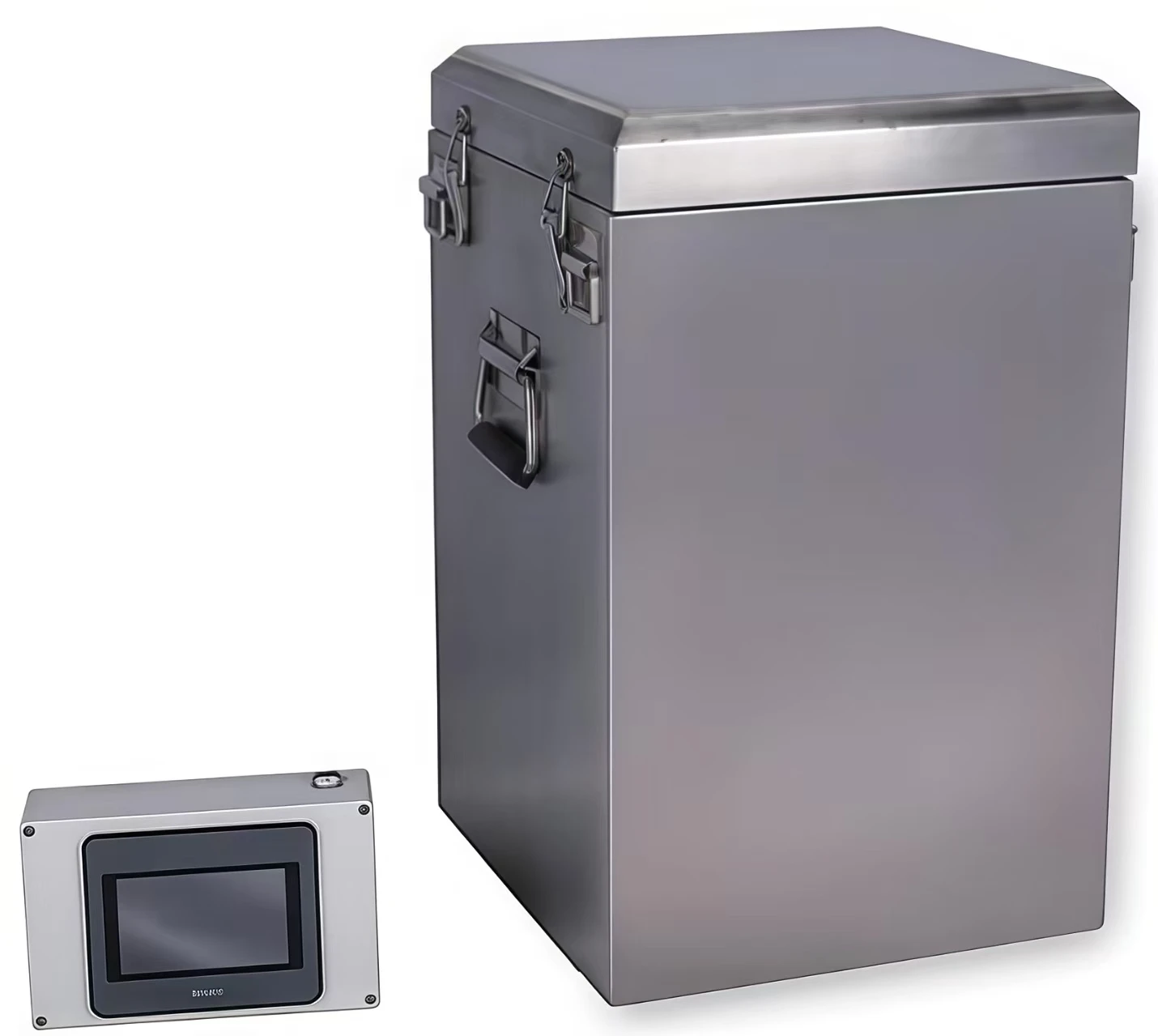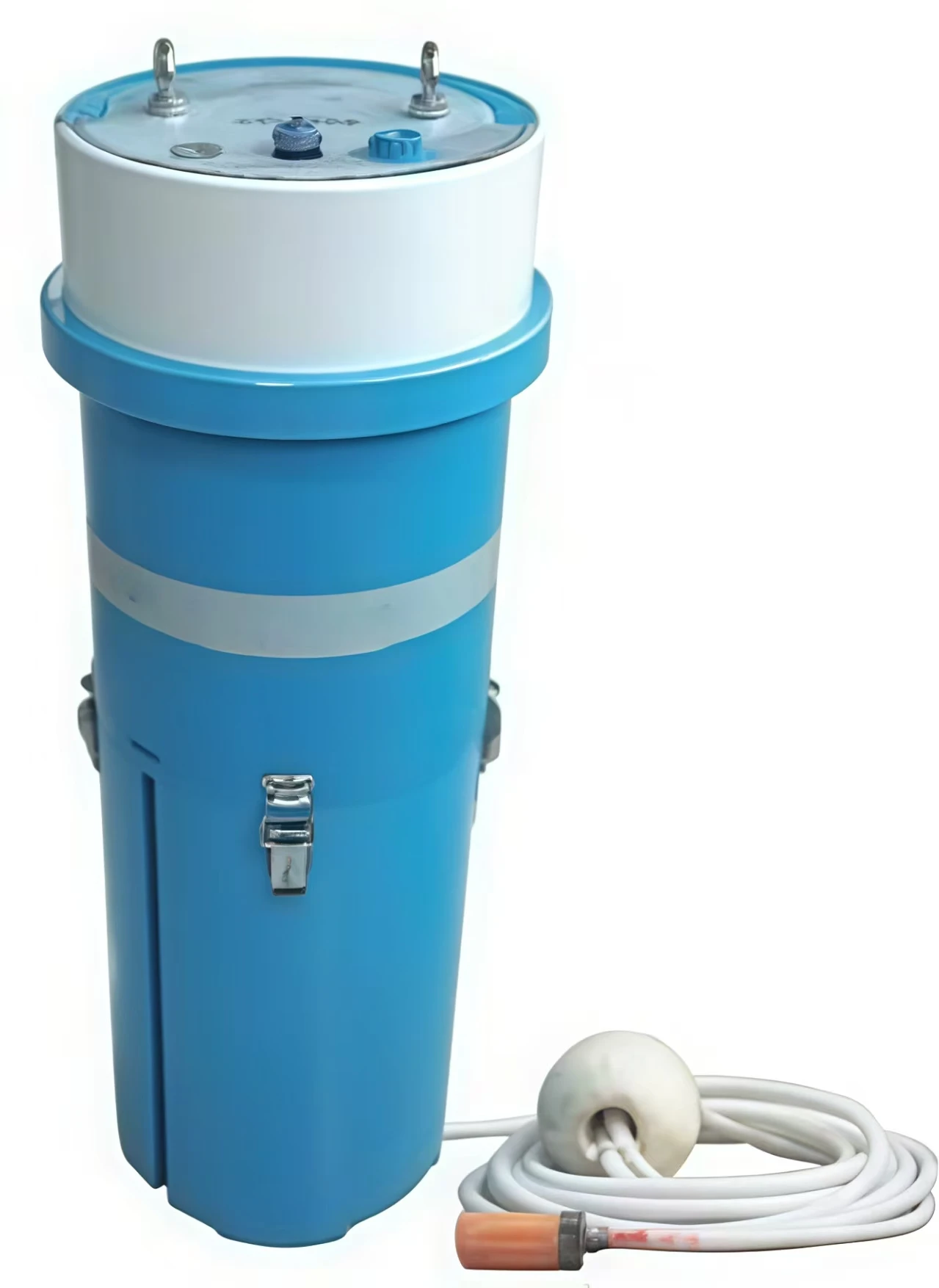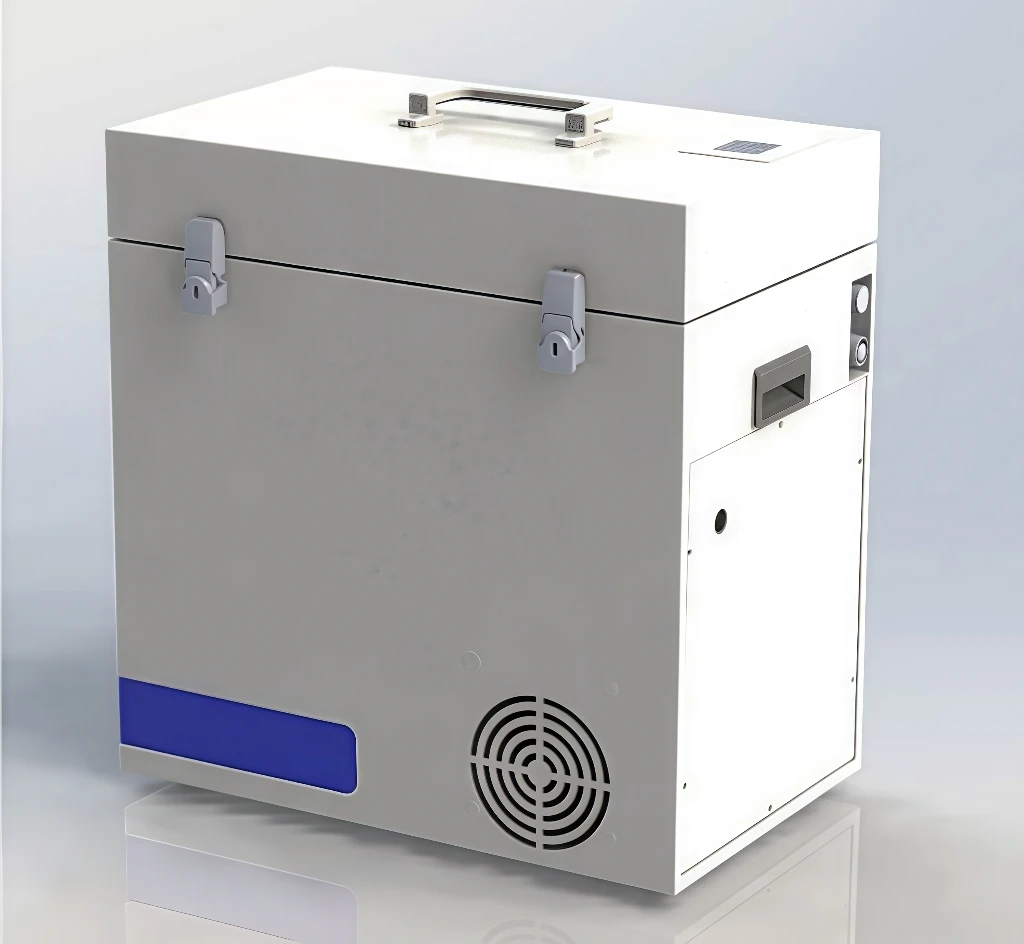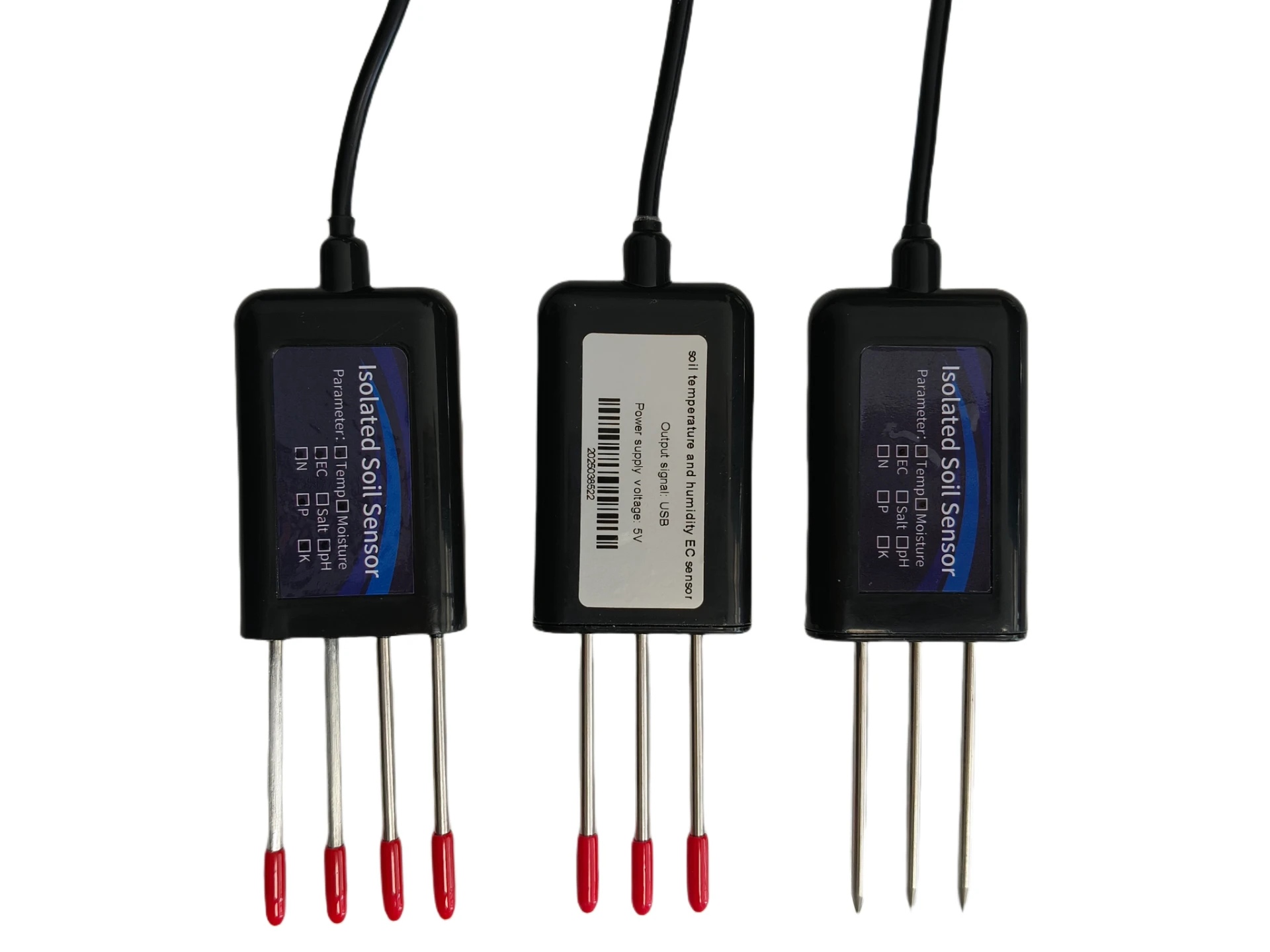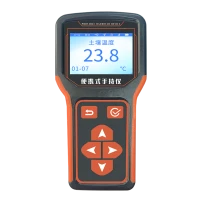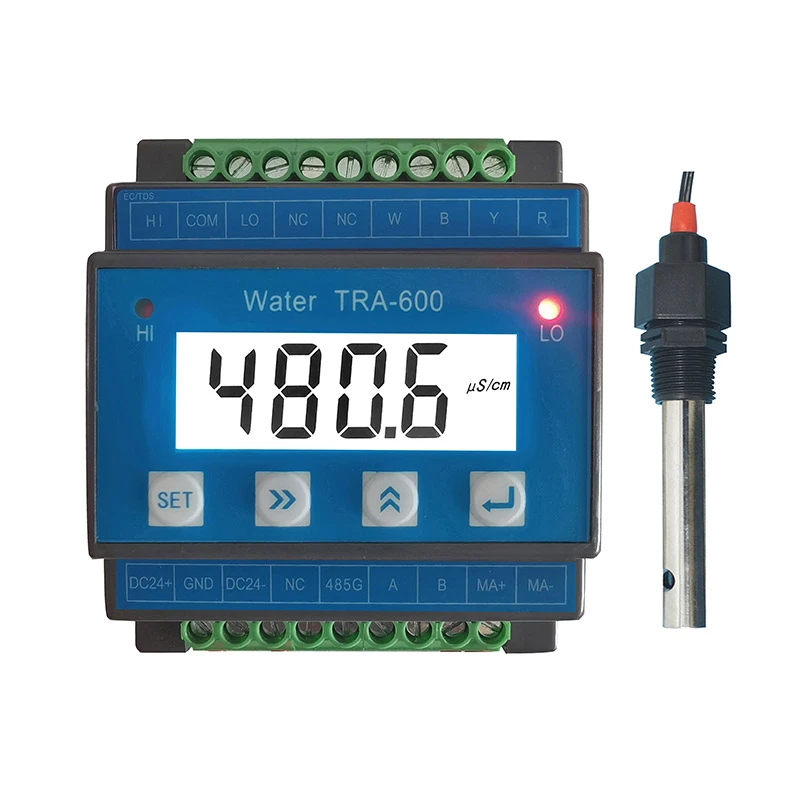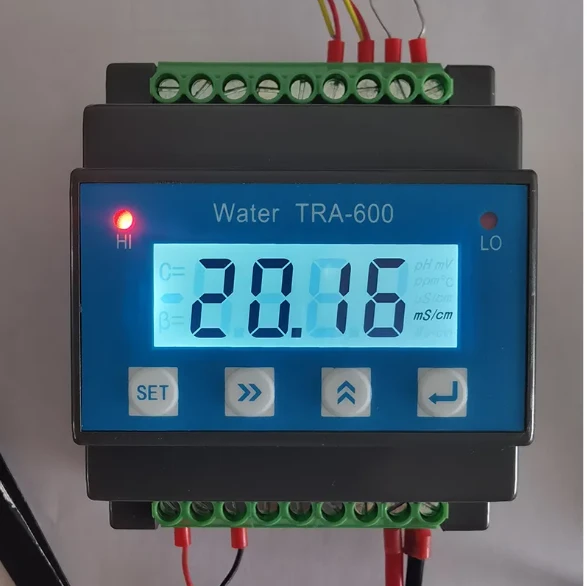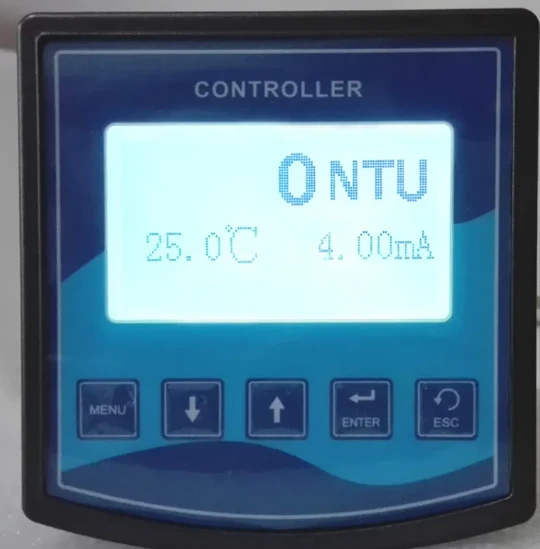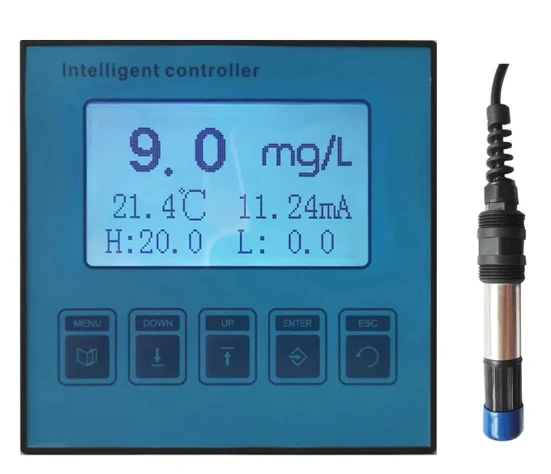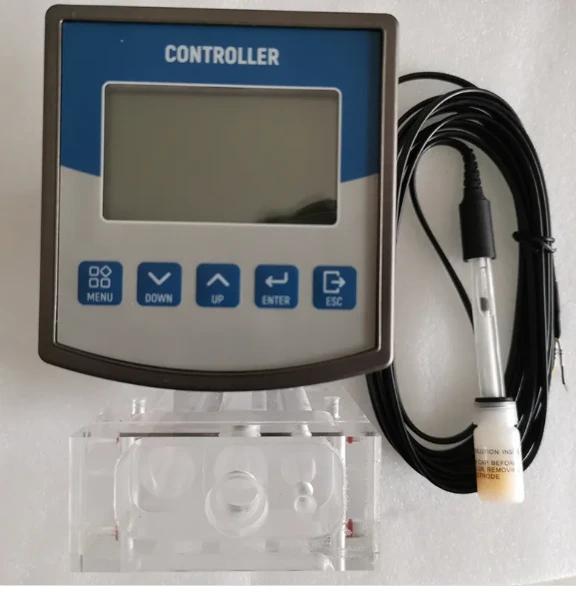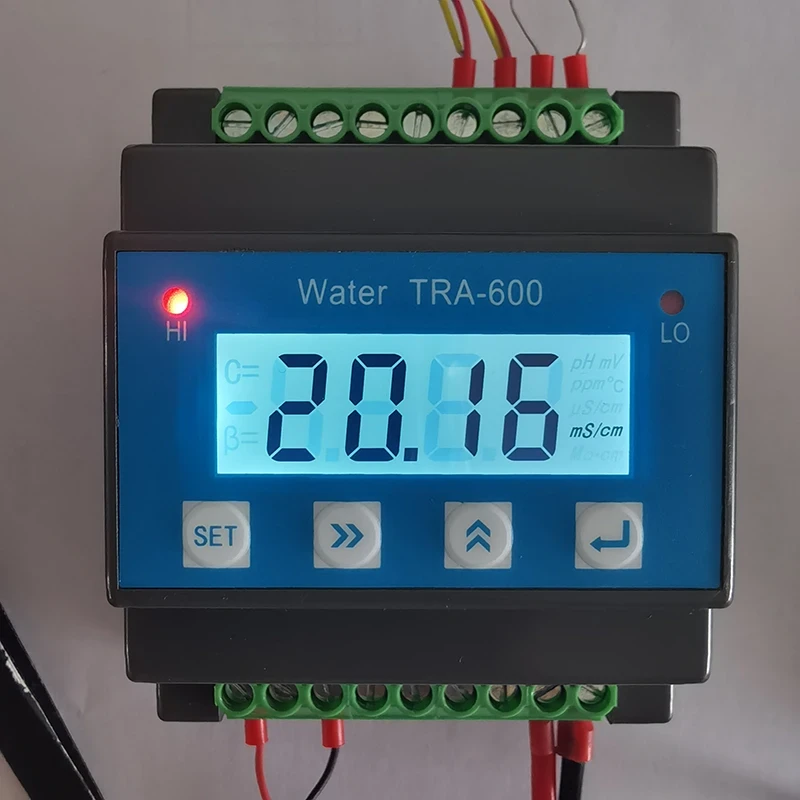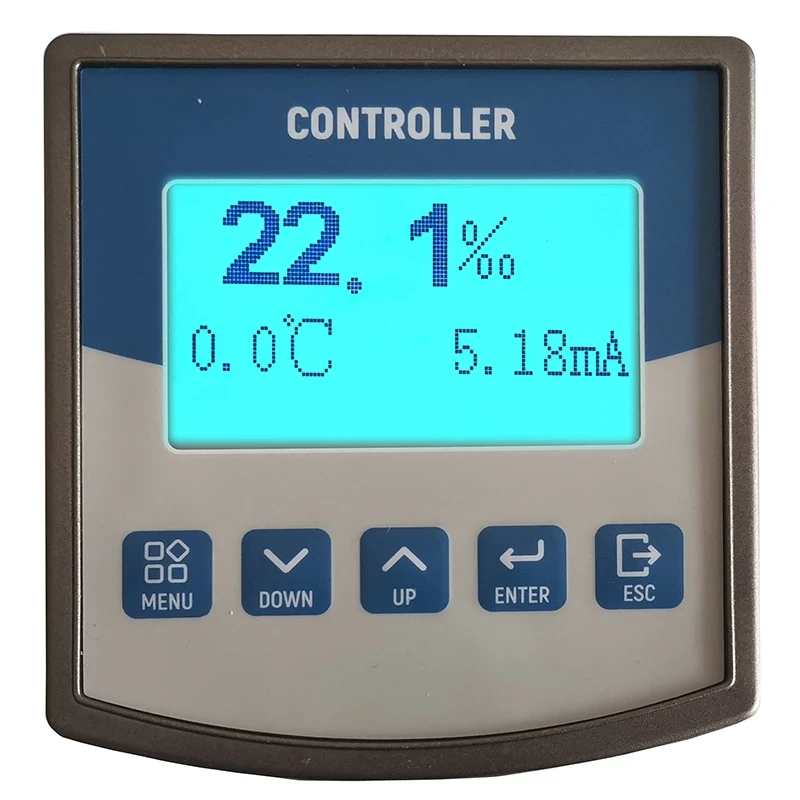The Importance of a Pressure Switch for RO System Safety
Ago . 21, 2025
Reverse osmosis (RO) systems are critical for ensuring clean, safe water in various settings, and their reliability hinges on robust safety mechanisms. Among these, the pressure switch for ro system stands as a cornerstone, preventing malfunctions, protecting components, and ensuring consistent performance. Specifically, low pressure switch for ro and reverse osmosis low pressure switch variants play targeted roles in maintaining system integrity. Hebei JIRS Import & Export Co., Ltd., a leader in water quality management solutions, specializes in manufacturing high-quality pressure switches tailored for RO systems. With a focus on precision, durability, and exceptional after-sales support, the company ensures that every pressure switch for ro system meets international standards, making it a trusted partner for wholesalers and system integrators worldwide.
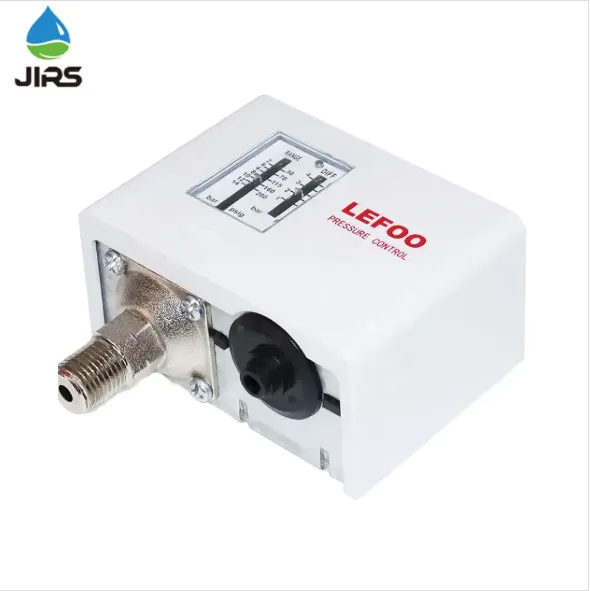
Pressure Switch for RO System: The Core of Safety Mechanisms
The pressure switch for ro system is not merely a component but a vital safety guardian, designed to prevent catastrophic failures and ensure uninterrupted operation.
|
Safety Function |
Description |
|
Overpressure Protection |
Detects sudden pressure spikes and triggers shutdowns to prevent damage to membranes, pumps, and tubing |
|
Consistent Water Flow Regulation |
Monitors pressure levels to ensure optimal water flow rates, balancing pressure to avoid straining components or reducing filtration efficiency |
|
Integration with System Logic |
Acts as a communication hub, sending signals to pumps and valves to start, stop, or adjust based on pressure data, reducing human error |
Hebei JIRS Import & Export Co., Ltd. enhances these capabilities with its LF55 pressure switch, featuring phosphor bronze bellows and brass pressure ports for durability. The inclusion of an SPDT switch ensures reliable contact switching, a critical feature for consistent safety performance in RO systems.
Low Pressure Switch for RO: Safeguarding Against Insufficient Pressure
Low pressure switch for ro is engineered to address a specific risk: inadequate water pressure, which can cripple RO system functionality and compromise water quality.
|
Protective Role |
Description |
Customization Feature |
|
Preventing Dry Running |
Detects low inlet pressure and shuts down pumps to avoid overheating and burnout, especially in areas with fluctuating water supply |
Adjustable spring tension via a screw mechanism to set specific pressure thresholds |
|
Ensuring Filtration Efficacy |
Alerts the system when pressure falls below the minimum required for RO membranes to effectively remove contaminants, preventing subpar water production |
Tailored to match the minimum pressure needs of different membrane types |
|
Adapting to Variable Conditions |
Accommodates varying water pressure across residential, commercial, and industrial setups |
Flexible design to suit specific pressure ranges, ensuring reliability in diverse environments |
Reverse Osmosis Low Pressure Switch: Applications Across Settings
Reverse osmosis low pressure switch finds indispensable use across residential, commercial, and industrial RO systems, each with unique safety demands.
- Residential RO Systems: In homes, inconsistent water pressure is common. A reverse osmosis low pressure switchprotects household pumps from damage during supply dips, ensuring families have uninterrupted access to filtered water. Its compact design fits seamlessly into under-sink setups.
- Commercial Establishments: Restaurants, hotels, and offices rely on RO systems for high-volume water needs. The reverse osmosis low pressure switchprevents downtime during peak usage, when pressure may drop, safeguarding both operations and customer health.
- Industrial Scale Operations: Large-scale RO systems in manufacturing or healthcare facilities handle massive water flow. Here, the reverse osmosis low pressure switchintegrates with complex control systems, providing critical data to prevent system-wide failures that could disrupt production or compromise safety protocols.
Hebei JIRS Import & Export Co., Ltd. supports these diverse applications with international standard mounting brackets, ensuring easy installation in any system. Its switches are engineered to meet 120V AC and 250V AC specifications, with robust current handling capabilities, making them versatile across global markets.
Hebei JIRS’s Pressure Switch for RO System: Quality and Reliability
Hebei JIRS Import & Export Co., Ltd. distinguishes its pressure switch for ro system, low pressure switch for ro, and reverse osmosis low pressure switch through unwavering focus on quality and customer support—key priorities for wholesalers and their clients.
|
Product Feature |
Details |
Benefit for RO Systems |
|
Core Function |
Automatic control via pressure signals |
Prevents overpressure/underpressure risks |
|
Key Components |
Phosphor bronze bellows, brass pressure port |
Corrosion resistance, long lifespan |
|
Switch Type |
SPDT switch |
Reliable contact switching, consistent safety |
|
Mounting |
International standard bracket |
Easy integration into any RO setup |
|
Voltage Compatibility |
120V AC, 250V AC |
Versatility across global systems |
Pressure Switch for RO System FAQS
How does a pressure switch for ro system enhance safety compared to manual monitoring?
A pressure switch for ro system enhances safety by providing real-time, automated pressure monitoring, eliminating delays and errors from manual checks. It responds instantly to pressure spikes or drops, triggering shutdowns or adjustments before damage occurs. For example, if pressure exceeds safe levels, the switch cuts power to pumps or valves, preventing membrane rupture—something manual monitoring cannot match. Hebei JIRS’s switches, with their mechanical reliability, ensure this automation is consistent, making them far more dependable than human intervention in maintaining RO system safety.
When should a low pressure switch for ro be prioritized over a standard pressure switch?
A low pressure switch for ro should be prioritized in systems where inlet pressure is unstable or prone to drops—common in rural areas, older buildings, or regions with municipal supply fluctuations. Unlike standard switches, it focuses specifically on low-pressure risks, such as pump dry running and membrane inefficiency. For wholesalers serving clients in these environments, stocking low pressure switch for ro ensures they address a critical pain point: preventing costly pump replacements and ensuring consistent water quality.
What makes reverse osmosis low pressure switch suitable for industrial RO systems?
Reverse osmosis low pressure switch is suitable for industrial systems due to its robust design and integration capabilities. Industrial RO systems handle high flow rates and operate under demanding conditions, requiring switches that withstand frequent use and wide pressure ranges. Hebei JIRS’s switches, with adjustable spring tension and durable materials , meet these demands. Additionally, their compatibility with industrial control systems allows seamless integration into large-scale automation, a must for industrial safety protocols.
How does Hebei JIRS ensure the reliability of its pressure switch for ro system?
Hebei JIRS ensures reliability through meticulous material selection and engineering. The LF55 pressure switch uses phosphor bronze for bellows and brass for pressure ports. The SPDT switch design guarantees consistent contact switching, avoiding the “stickiness” that can cause safety failures. Each unit is tested to meet international standards, and the company provides ongoing support for installation and troubleshooting. This commitment—from material to after-sales—ensures their pressure switch for ro system performs reliably in even the most demanding RO environments.
Can a low pressure switch for ro be adjusted to fit different pressure thresholds?
Yes, a low pressure switch for ro can be adjusted to fit different pressure thresholds via its spring tension screw. As the screw is tightened, spring force increases, raising the pressure threshold needed to trigger the switch. This adjustability allows it to accommodate diverse RO systems, from small residential setups to larger commercial systems. Hebei JIRS’s design ensures these adjustments are precise and stable, maintaining consistent performance over time— a key feature for wholesalers catering to clients with varied system specifications.
Related Products
Related News
